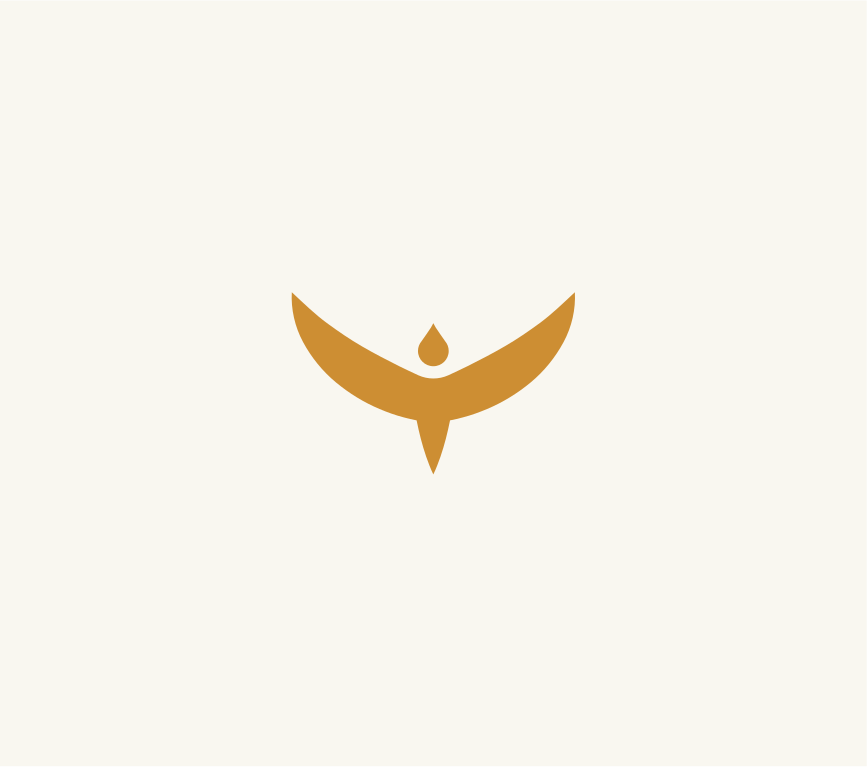Family Tree of Norse Deities and Giants
Below is the genealogy of the Aesir and the Vanir. I have also included Loki's ancestry on the top right.
Please note that a single male Aesir god was called an As; Aesir was a group of As gods. A goddess was called Asynia, and Aesir goddesses were called Asyniur.
Also note that a single Vanir deity was called a Van. Njord and his children Freyr and Freyja were originally Vanir, but became Aesir, after the long war between the Aesir and the Vanir.
And also note that the god Tyr is listed twice in the genealogy. Some said that Tyr was the a son of Odin and Jord, goddess of the earth, which would make Tyr a brother of Thor. However, in other sources, he was known as the son of the giant Hymir. I do apologise if this confuses you a bit.
Alternative Genealogy
Snorri Sturluson provided an alternative genealogy that was different from the usual genealogy of the Aesir.
In Norse creation myth, Odin was a son of Bor and Bestla. And by the goddess of earth Jord, he was a father of Thor. And Snorri wrote this creation myth in the Prose Edda, in the section known as Gylfaginning.
In the prologue of the Prose Edda, Snorri provided a different genealogy, making Odin more human than a god.
Snorri wrote that Asgard was Troy, in Turkey, the city in Greek mythology that was the site of the the Trojan War. And in this version, Thor was not his son. In fact, Thor was Odin's distant ancestor. Thor, who was named Tror in this version, was the son of Munon and the daughter of Priam, named Troan. In the Greek myth, Priam was the last king of Troy.
Thor (or Tror) was brought up in Thrace, by a duke named Loricus. Thor was known as for his good looks and with hair more golden than gold. At age ten, he received his father's weapon, possibly referring to his warhammer Mjollnir, but the name of the weapon was not given in the Prologue.
At the age of 12, Thor gained full strength. For some reason, Thor killed his foster parents, Loricus and his wife Glora, and took the kingdom of Thrace for himself. Thor renamed Thrace to Thrudheim. Thor killed all the outlaws and giants that he encountered in his adventures. He fought against monsters and dragons.
Thor found a Sibyl, who was also called Sif. Sif or Sibyl, was known for her great beauty and her hair of gold. He married her, and they became the parents of Loridi.
From there, Snorri listed nineteen names of descendants, from Thor to Odin. See the genealogy below.
Odin was also called Woden. Odin (Woden) was the son of Friallaf (Fridleif). Odin married Frigida, or as we know her, Frigg. Frigg was gifted in foresight, and his divination or prophecy.
Odin was known for his wisdom, and he was also known for his prophecy, like his wife Frigg. And Odin knew from his prophecy that he could become the greatest king in the northern world. So Odin migrated to the north, and dwelled for a time in Saxony.
Odin then left his kingdom to his three sons, and went further north, to Denmark.
His son Veggdegg was given Saxony. One of Veggdegg's descendants was Hengest, who appeared in the Celtic and Arthurian myths, and was involved in the story of the Saxon's invasion of Britain, during the reign of Vortigern. Hengest's grandson was Svebdegg or Svipdag.
The second son of Odin was Bledegg, or Baldr (Balder). In the Norse myth, Balder was the god who was killed by his brother Hod (the blind god), who threw a sprig of mistletoe. His death was one of the prophetic signs that brought about Ragnarok. Note that there was no blind brother named Hod in the prologue. Nor does the Edda's prologue tell this story of Balder's death. In the prologue, Baldr became the king of Westphalia, a kingdom situated west of the Rhine River. Snorri listed a number of descendants of Baldr.
See Ragnarok, for more of the story about the death of Balder.
On the other side of the Rhine, in France, Odin's third son Siggi ruled. Siggi's grandson was Volsung, who was the father of Sigmund and Helgi, and grandfather of Sigurd. Their descendants were the Volsungs.
See the Volsunga Saga.
Odin travelled north to the land called Reidgotaland, which was also called Gotland, which we know of today as Denmark. Odin had another son called Skiold. Skiold was the founder of the Danish royal house, known as the Skioldungs. Odin left Denmark to Skiold. Skiold was the father of Fridleif, and grandfather of Frodi. Other descendants included Halfdan, Helgi, Hroar and Hrolf Kraki.
See the House of Skiold and Hrolf Kraki.
The Old English version of the Skioldungs was mentioned in the epic called Beowulf. The Skioldungs were called Scyldings in Old English. Skiold was called Scyld. In Beowulf, Hrothgar, the English Hroar, was king of Denmark, when his kingdom was plagued by the monster Grendel. The Geatish hero Beowulf came to Hroar's aid and killed Grendel. There seemed to be peace between Hrothgar and his nephew Hrothulf (Hrolf Kraki), but the poem hinted at conflict.
See Beowulf and the Old English tradition of the House of Skiold.
By Jimmy Joe








